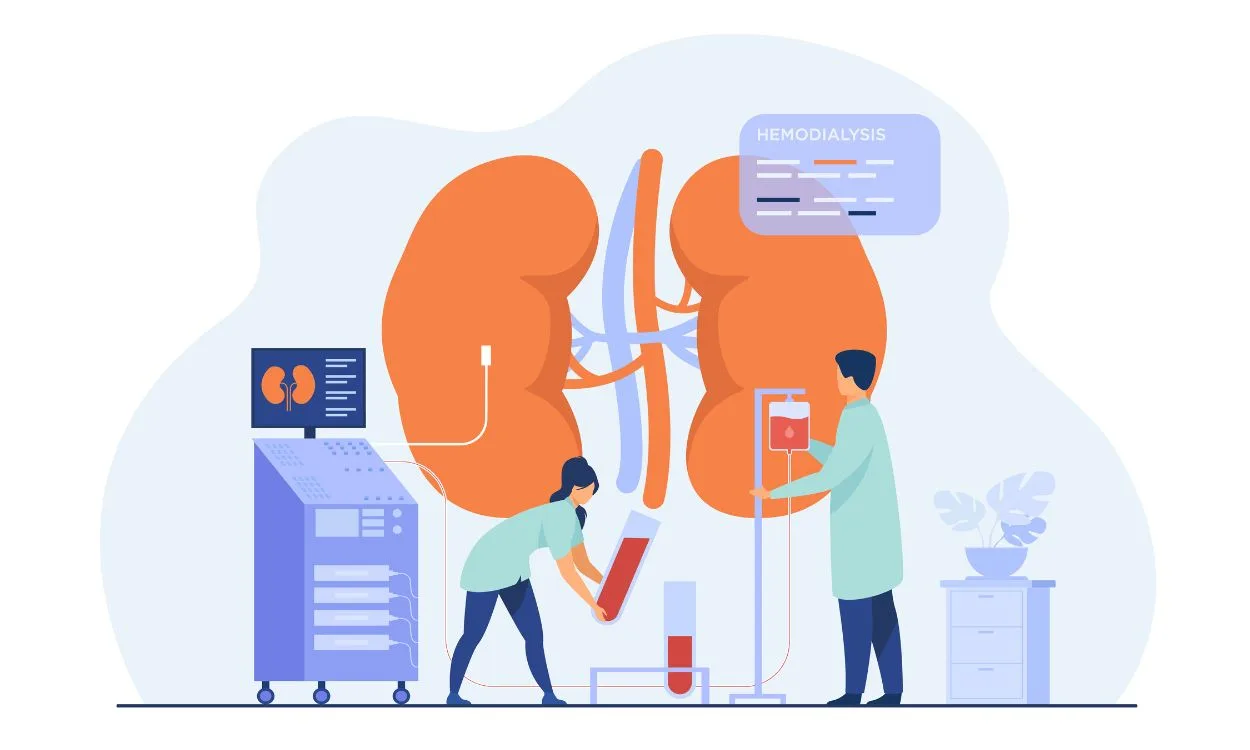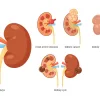How is Kidney Disease Diagnosed?
Kidney disease, also known as renal disease, is a serious condition that affects the functioning of the kidneys. Timely diagnosis is crucial to prevent further damage and manage the condition effectively. In this article, we will discuss the various methods used to diagnose kidney disease and provide valuable insights into managing this condition.
1. Medical History and Physical Examination
- The first step in diagnosing kidney disease involves a detailed medical history and physical examination.
- The doctor will inquire about any symptoms you may be experiencing, such as changes in urination patterns, fatigue, swelling, or high blood pressure.
- The physical examination may include checking blood pressure, palpating the abdomen for any abnormalities, and assessing the overall health of the individual.
2. Urine Tests
- Urine tests play a crucial role in diagnosing kidney disease. Two common urine tests used are:
- Urinalysis: This test involves analyzing a urine sample for the presence of protein, blood, or other abnormalities. Presence of protein in urine (proteinuria) can indicate kidney damage.
- Urine Albumin-to-Creatinine Ratio (ACR): This test measures the amount of albumin (a type of protein) and creatinine in the urine. It helps in detecting early signs of kidney damage.
3. Blood Tests
- Blood tests provide valuable information about the functioning of the kidneys. The following blood tests are commonly used to diagnose kidney disease:
- Serum Creatinine Test: This test measures the level of creatinine in the blood. High levels of creatinine indicate reduced kidney function.
- Blood Urea Nitrogen (BUN) Test: BUN is a waste product that is filtered by the kidneys. Elevated levels may suggest kidney dysfunction.
- Glomerular Filtration Rate (GFR): GFR is a calculation that estimates the kidney’s filtering capacity. A low GFR indicates reduced kidney function.
4. Imaging Tests
- Imaging tests help visualize the structure of the kidneys and identify any abnormalities. Common imaging tests include:
- Ultrasound: This non-invasive test uses sound waves to create images of the kidneys. It can detect kidney stones, tumors, and structural abnormalities.
- CT Scan: This cross-sectional imaging technique provides detailed images of the kidneys. It helps in diagnosing kidney stones, tumors, and kidney damage.
5. Biopsy
- In certain cases, a kidney biopsy may be required to diagnose kidney disease accurately. During this procedure, a small sample of kidney tissue is extracted and examined under a microscope. It helps determine the underlying cause of kidney disease and guides treatment.
6. Additional Tests
- Depending on the suspected cause of kidney disease, additional tests may be conducted. These may include genetic testing, autoimmune testing, and specialized blood tests to assess kidney function and rule out other conditions.
Now that we have discussed the different methods used to diagnose kidney disease, it is important to understand the significance of early diagnosis and prompt management. If you suspect any symptoms or are at risk of kidney disease, it is advisable to consult a healthcare professional for a thorough evaluation.
For personalized guidance and effective management of kidney disease, you can also consider downloading the Fitpaa app. Fitpaa provides comprehensive health and fitness solutions, including personalized fitness plans and expert guidance from nutritionists and doctors. With Fitpaa, you can take control of your health and well-being, ensuring a better quality of life.
Don’t let kidney disease hold you back. Take the first step towards a healthier future by downloading the Fitpaa app today!
Click here to download the Fitpaa app and start your health & fitness journey!









